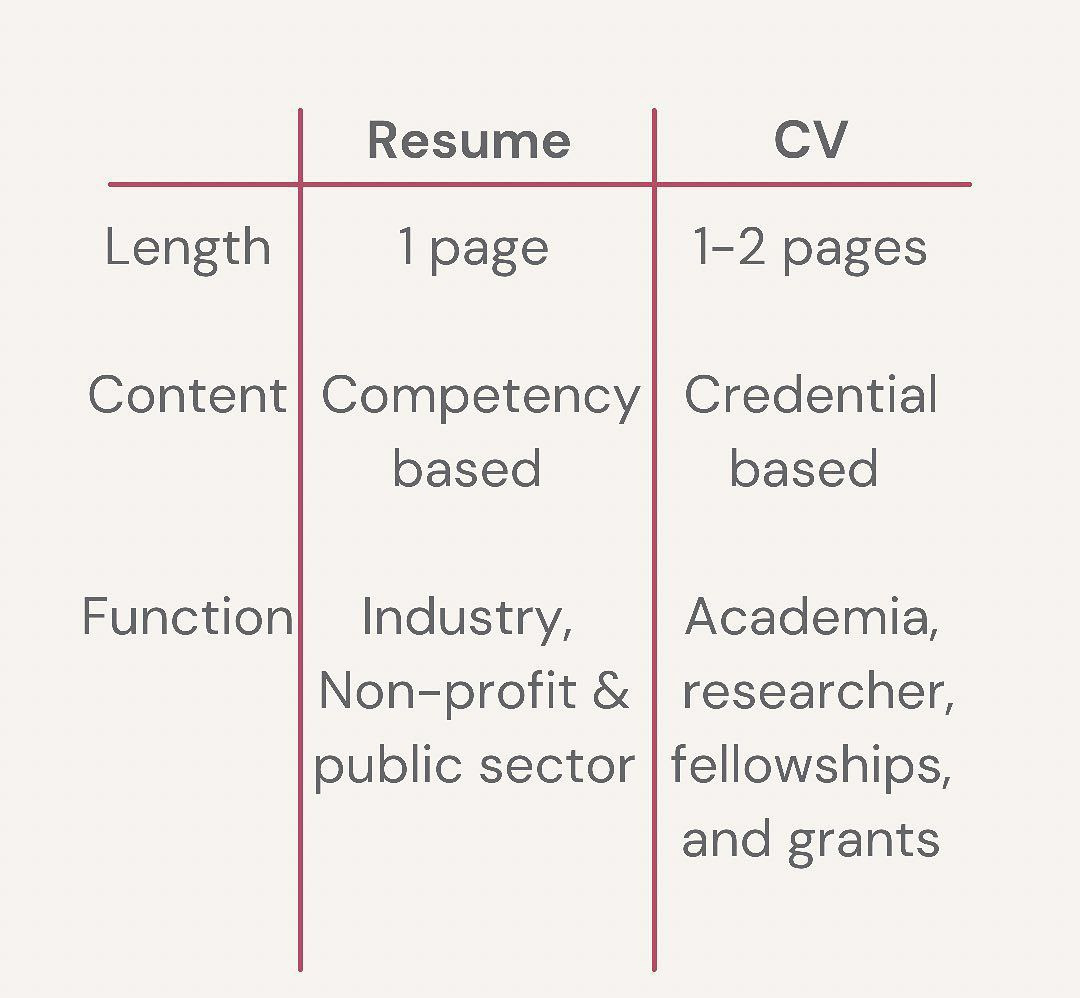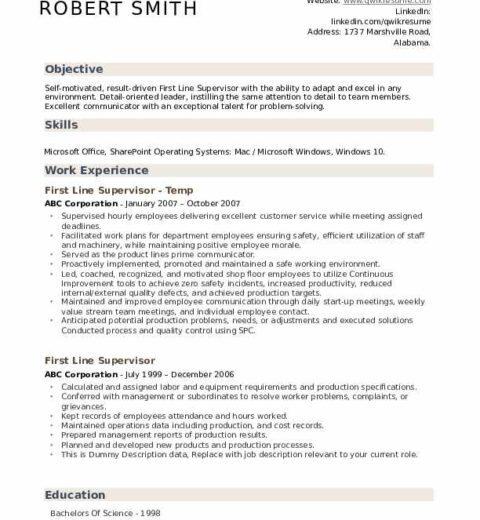In the lexicon of job applications and career advancement, one term that frequently emerges is “CV,” which stands for “Curriculum Vitae.” Often used interchangeably with “resume,” it is imperative to delineate the nuances that set these documents apart. Understanding the distinction between a CV and a resume is crucial, particularly in the context of specific industries and geographical locales.
To commence, the word “Curriculum Vitae” is derived from Latin, translating to “course of life.” This etymology hints at the comprehensive nature of a CV, which is designed to present an extensive overview of an individual’s academic accomplishments, professional experiences, and other relevant attributes. This differs markedly from a resume, which is typically a succinct summary tailored for a specific job application.
In terms of length, a CV is often considerably longer than a resume. While a resume is generally concise—often confined to one or two pages—a CV can span several pages, particularly for seasoned professionals in academia, research, or medical fields. This document encompasses a broader range of information including educational history, teaching experiences, research projects, and publications. In essence, a CV is a living document that expands over one’s career, potentially growing as more credentials and experiences are amassed.
Conversely, resumes are inherently selective. They serve the purpose of showcasing an applicant’s qualifications as germane to a specific job position. An effective resume is tailored, showcasing the most pertinent skills and experiences that will appeal to a prospective employer. This demands a discerning eye to filter out superfluous details, making the document both concise and compelling. The strategic approach to crafting a resume stands in stark contrast to the all-encompassing nature of a CV.
Another distinguishing characteristic between the two lies in their audience and usage. In many countries, especially in North America and the corporate domain, a resume is the preferred document when applying for employment. The succinct format of a resume caters to busy hiring managers who often sift through hundreds of applications. Here, the ability to encapsulate a candidate’s worth within a brief timeframe can significantly impact hiring outcomes.
Conversely, a CV is predominantly utilized in academic settings, for positions in education, or when submitting grant applications and fellowships. The meticulous presentation of research and publications, as well as diverse skills, is typically expected in these contexts. Because of its exhaustive nature, a CV might be the norm for roles that place significant value on an individual’s scholarly contributions and ongoing professional development.
However, these distinctions are not devoid of exceptions. Increasingly, some industries are adopting the term CV for what is essentially a resume, particularly in overseas job markets or sectors heavily influenced by global standards. For instance, in certain parts of Europe, a CV may refer to what North Americans recognize as a resume. This semantic ambiguity can lead to confusion for applicants navigating varied international job landscapes.
A key element that amplifies the aesthetic appeal of both documents lies within their formatting. The design choices made during the creation of a CV or resume can significantly influence impressions. An elegantly crafted document—characterized by a clean layout, professional typography, and a logical flow—can enhance its impact, communicating professionalism and attention to detail. Conversely, a cluttered or poorly organized presentation can create a detrimental first impression, overshadowing an otherwise stellar qualification set.
When constructing either a CV or a resume, one must also consider the significance of keywords. In the modern age, where applicant tracking systems (ATS) play a pivotal role in the hiring process, the incorporation of industry-specific terminology is paramount. These systems often scan applications for relevant keywords, filtering out candidates who do not exhibit the requisite proficiencies as delineated in the job description. This underscores the necessity for both formats to be not just a reflection of one’s career history but also strategically aligned with the expectations of the potential employer.
Further, while both CVs and resumes share a foundational purpose—to market an individual’s professional narrative—their approaches differ in nuance. A CV invites a broader storytelling method, often interspersed with achievements that embellish one’s academic journey. In contrast, a resume is an exercise in precision, crafting a narrative that is not merely about retention of information but also about the articulation of value to a prospective employer.
In conclusion, successfully navigating the distinctions between a CV and a resume encapsulates not only an understanding of the terminologies but also a sophisticated grasp of their respective contexts and applications. Recognizing when to employ each document is integral to crafting a compelling presentation of one’s professional identity. As the job market evolves, so too do the interpretations and expectations surrounding these essential career documents. Thus, engaging with the subtleties of this landscape becomes not only an asset but a requisite for career success.




